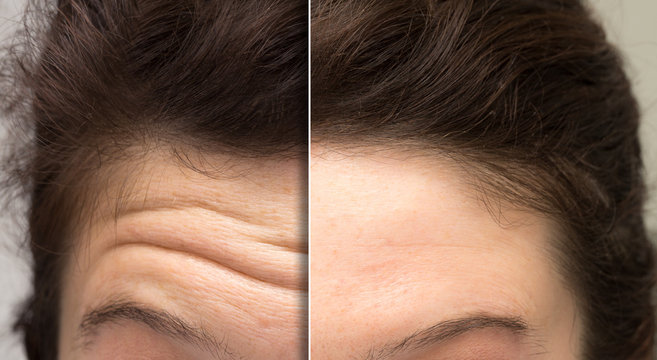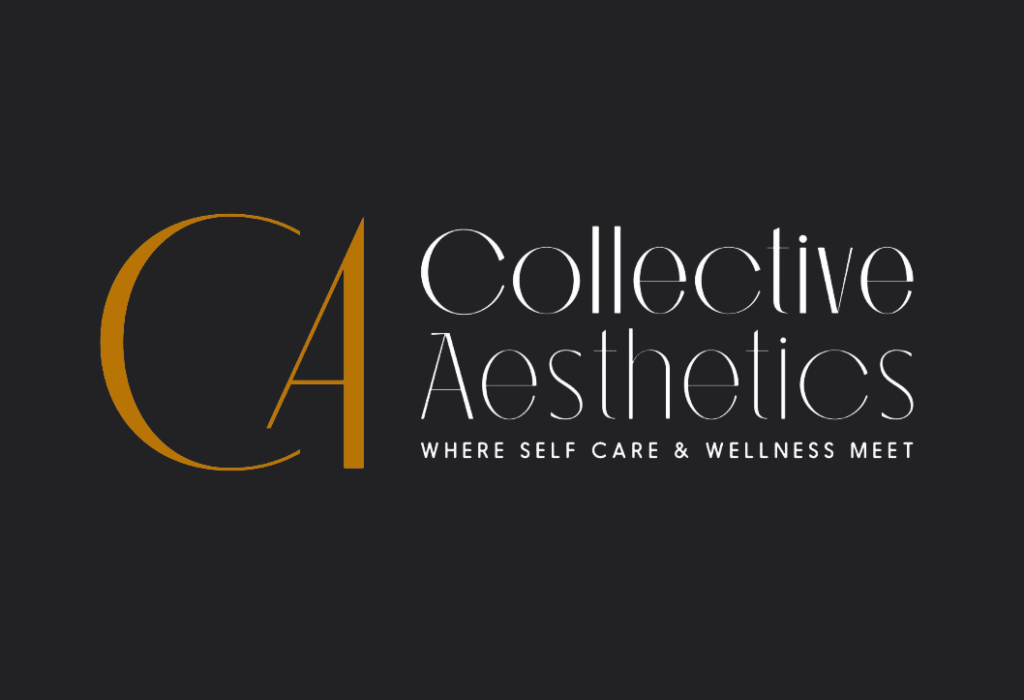Uncover the truth behind hair restoration myths debunked with our guide. We debunk common myths about hair restoration treatments and explain what you need to know to make an informed decision.
Blog Post Overview:
In this blog post, readers will uncover the truth about hair restoration treatments by exploring the common myths surrounding them. We’ll discuss popular misconceptions, provide factual information, and explain the benefits of professional hair restoration services. By the end, readers will have a clearer understanding of hair restoration, enabling them to make an informed decision when considering this treatment.

Hair Restoration Myths Debunked: What You Need to Know
Debunking these myths can bring a sense of relief, reassuring you that there are practical solutions available. With various treatments, including hair restoration procedures, it’s easy to get caught up in the numerous myths and misconceptions surrounding the process. This blog post will debunk some of the most common hair restoration myths and provide the facts you need to know. Whether you’re considering a hair restoration treatment or simply curious about the options available, this post will empower you to make an informed decision, giving you confidence and control over your choices.
What is Hair Restoration?
Before diving into the myths, it’s essential to understand what hair restoration entails. Hair restoration is a medical procedure designed to address hair loss or thinning. It involves various techniques, such as hair transplants, which can be either follicular unit extraction (FUE) or follicular unit transplantation (FUT), and non-surgical treatments like platelet-rich plasma (PRP) therapy or laser therapy. Each of these treatments works differently to help restore a fuller, more natural-looking head of hair. Hair restoration is not a one-size-fits-all solution. The proper treatment depends on factors like the cause of your hair loss, the extent of thinning, and your personal preferences. 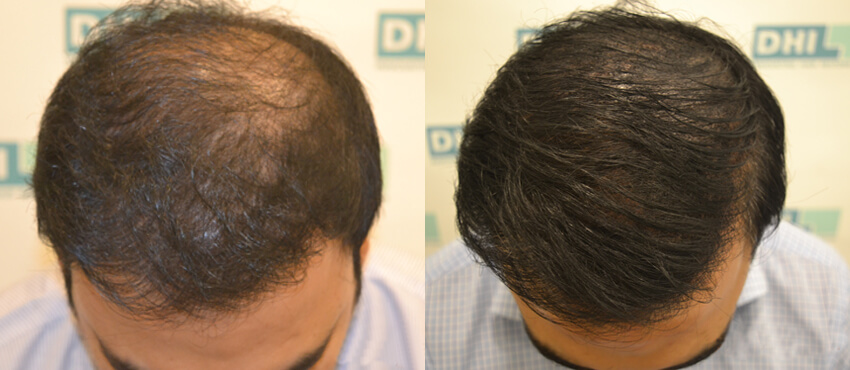
Myth 1: Hair Restoration is Only for Men
One of the most common misconceptions is that hair restoration treatments are only for men. While it is true that men experience hair loss at higher rates, women also struggle with thinning hair or hair loss due to genetics, hormonal changes, or other factors. Many women are turning to hair restoration treatments to regain confidence and restore their natural hairline.
What You Need to Know:
Hair restoration is beneficial for both men and women. Female pattern baldness, for example, affects many women and can be treated with advanced hair restoration methods. Modern treatments are designed to address the unique needs of both genders, ensuring that everyone has access to high-quality options.
Myth 2: Hair Restoration is Only for Severe Hair Loss
Many believe hair restoration treatments only suit individuals with significant or advanced hair loss. The truth is that the earlier you address thinning hair, the better the results can be.
What You Need to Know:
Hair restoration treatments can be effective at any stage of hair loss. Even if you have mild thinning or notice a receding hairline, starting early can help slow down the process and preserve existing hair. You can also prevent further hair loss and achieve better results by taking action sooner.
Myth 3: Hair Restoration Treatments Are Painful
Another myth that deters people from seeking hair restoration is the belief that the process is painful and requires extensive recovery time. This is not true. Many hair restoration treatments available today are minimally invasive and cause minor discomfort.
What You Need to Know:
While specific procedures may involve minor discomfort, most hair restoration treatments are designed to be as pain-free as possible. For example, follicular unit extraction (FUE) hair transplants are performed under local anesthesia so you won’t feel pain. Post-treatment recovery is generally quick; most patients can return to daily activities within a few days. However, it’s important to note that, like any medical procedure, hair restoration treatments carry some risks and potential side effects. These can include infection, scarring and in rare cases, the failure of the transplanted hair to grow. Discussing these risks with your provider before undergoing any treatment is crucial.
Myth 4: Hair Restoration is a One-Time Procedure
Some assume that hair restoration is a one-time treatment that permanently solves their problems with hair loss. However, hair restoration is not always a one-and-done solution. Factors like genetics, lifestyle, and age can all affect hair growth and hair loss over time.
What You Need to Know:
While hair restoration treatments can provide long-lasting results, you may need maintenance treatments over time. For example, suppose you’re undergoing non-surgical treatments like platelet-rich plasma (PRP) therapy. In that case, multiple sessions may be required to maintain optimal results. Working closely with your provider to create a personalized treatment plan that fits your needs is essential. This process typically involves an initial consultation where your provider will assess your hair loss, discuss your goals and recommend the most suitable treatments. They will also consider factors like your budget, lifestyle and any underlying health conditions to create a plan that’s tailored to you. 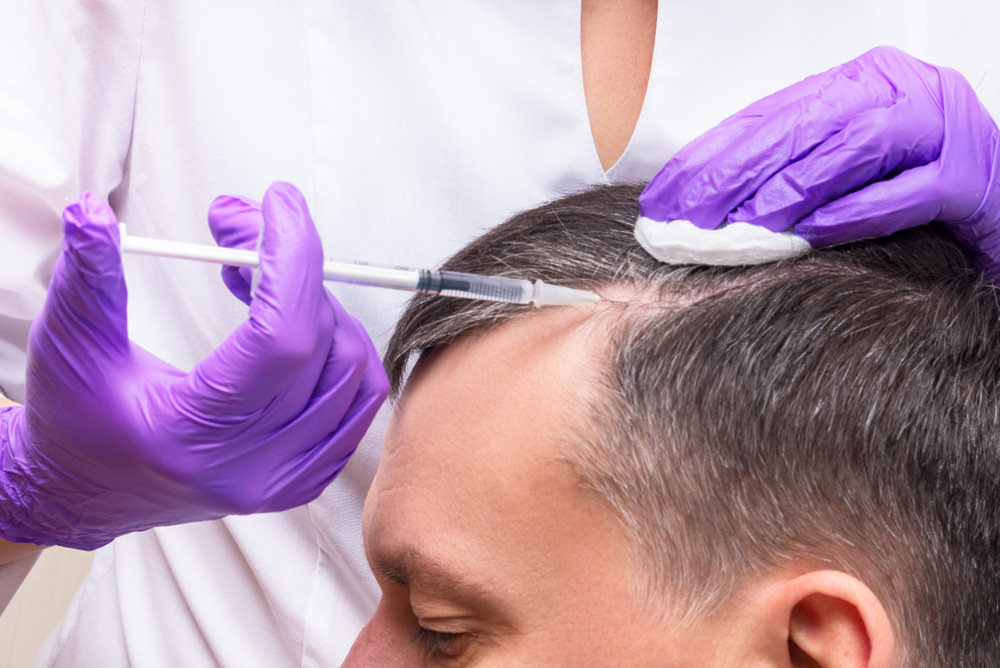
Myth 5: Hair Restoration Treatments Are Expensive and Out of Reach
Another common myth is that hair restoration treatments are prohibitively expensive and unattainable for the average person. In reality, the cost of hair restoration varies depending on the type of treatment, the extent of hair loss, and the clinic you choose.
What You Need to Know:
While some hair restoration procedures can be costly, many clinics offer financing options or payment plans to make treatments more accessible. Additionally, some non-surgical options may be more affordable than traditional hair transplants. It’s essential to consult a hair restoration specialist to explore your options and determine the best treatment plan within your budget.
Myth 6: Hair Restoration Is Only for Young People
There’s a misconception that only younger people are good candidates for hair restoration. However, age is not always a determining factor in whether or not someone can benefit from these treatments.
What You Need to Know:
While younger individuals may experience hair loss due to genetics, older individuals can also benefit from hair restoration treatments. Many people in their 40s, 50s, and beyond choose to undergo hair restoration procedures to restore their hairline or achieve a fuller head. Age doesn’t necessarily prevent someone from benefiting from hair restoration; it’s all about the proper treatment and timing.
Myth 7: Hair Restoration Will Provide a Full Head of Hair
One of the biggest myths about hair restoration is that it will give you a full head of hair, just like in your youth. While hair restoration treatments can provide excellent results, it’s essential to have realistic expectations. 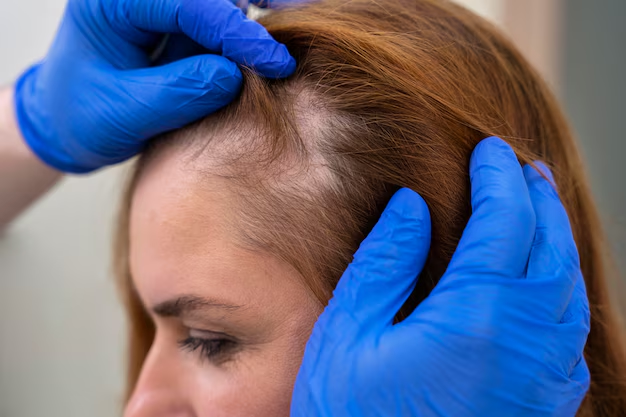
What You Need to Know:
Hair restoration can help restore a fuller, natural-looking head of hair, but it won’t create a complete, thick mane from nothing. The results depend on the extent of hair loss, the quality of the donor’s hair (in the case of transplants), and other factors. Working with a qualified hair restoration specialist ensures you get realistic expectations and results that enhance your appearance. Professional guidance is not just necessary; it’s crucial in your hair restoration journey. A qualified hair restoration specialist can provide the support and guidance you need to navigate the various treatments and create a personalized plan that fits your needs and budget. Hair restoration is a complex process that requires the expertise of a trained professional. Choosing a reputable clinic with a skilled and experienced team is essential when considering hair restoration treatments. Here’s why:
- Personalized Treatment Plans: A professional will evaluate your specific condition and customize a treatment plan that best suits your needs.
- Advanced Technology: Clinics offering hair restoration use state-of-the-art technology and techniques to ensure optimal results with minimal downtime.
- Expert Guidance: An experienced provider will guide you through the entire process, from initial consultation to post-treatment care.
Conclusion
Hair restoration can be an excellent solution for hair loss. Still, it’s essential to separate fact from fiction. By debunking the abovementioned myths, you now understand what hair restoration involves and what you can expect. Whether you want to address mild thinning or more advanced hair loss, effective treatments can help you achieve your goals. If you’re considering hair restoration, schedule a consultation with a professional clinic to explore the options that are right for you. Restoring your hair is possible, and with the proper treatment, you can enjoy a fuller, more confident appearance.

Contact Information
- Address: 6229 Miramar Pkwy Ste 7, Miramar, FL 33023, United States
- Phone: (305) 528-3360
- Email: info@collective-aesthetics.com
- Website: www.collective-aesthetics.com
- About: About Us
- Consultation: Book A Consultation now!
- Related topic for Hair Restoration Services
- The Ultimate Guide to Hair Restoration: Everything You Need to Know
- Top 5 Hair Restoration Treatments for Thinning Hair
- How to Choose the Right Hair Restoration Service for You
- Hair Transplant vs. Non-Surgical Hair Restoration: Which is Better?
- The Science Behind Hair Restoration: How Does It Actually Work?
- What to Expect Before, During, and After a Hair Restoration Procedure
- Laser Therapy for Hair Restoration: Is It Really Effective?
- How Long Does Hair Restoration Take to Show Results?
- The Cost of Hair Restoration: What Are Your Options?
- Natural vs. Surgical Hair Restoration: Which Option is Right for You?
- How Hair Restoration Can Boost Your Confidence and Self-Esteem
- The Best Hair Restoration Services for Men: A Complete Guide
- Women’s Guide to Hair Restoration: Solutions for Thinning and Balding
- How Hair Restoration Services Are Transforming the Way We Treat Hair Loss




